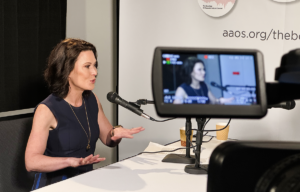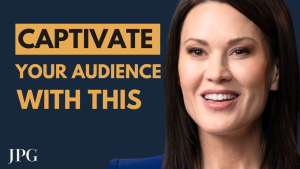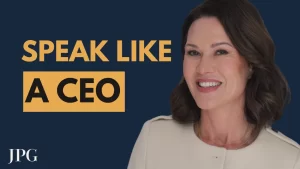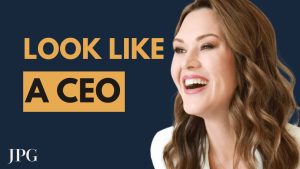We experienced a family medical emergency a few weeks ago and had to spend time in a hospital.
You pay close attention to the mannerisms and language of doctors when it’s important. You want to know what they’re really saying when they’re talking.
It was mostly good… the normal, “I’m sorry we’re meeting in this situation” and “I’m sorry to be meeting you today…”
They’re normally so careful in what they say.
One doctor was different.
Before he popped in a BIG needle – he turned away from me and asked his team of two younger female doctors, “Do you play darts?”
They answered, “No.”
While I was thinking how odd of a question that was for two young women who probably had no time for bars during med school and residency… he said:
“That’s what this is like.”
Then:
He stabbed.
Not the communication I was looking for at that moment.
Not something that made me feel better.
Are you miscommunicating, confusing or causing unneeded fear in those you think is your audience?
Do you even know who your audience is when it comes to your messages online or in person?
Have you defined your best audience?
The audience that will bring you more business, growth and $$$$$$?
It’s important to know how you sound and what you look like to your audience whether you’re live on TV, speaking to a small workgroup, interviewing for a new job or addressing a large live audience.
This doctor thought his audience was made up of the other two doctors.
But the patient was his real audience.
Imagine if you heard those words before someone stuck you with a needle.
Imagine the confusion in the message.
Do you have your own language barriers in your industry?
Is your audience getting lost in lingo, jargon on your website, in your marketing – or in how you communicate in person?
I’ll show you how to make sure your message:
- sticks with your audience
- attracts new clients
- brings you new opportunities
- and helps you move up in your career.





